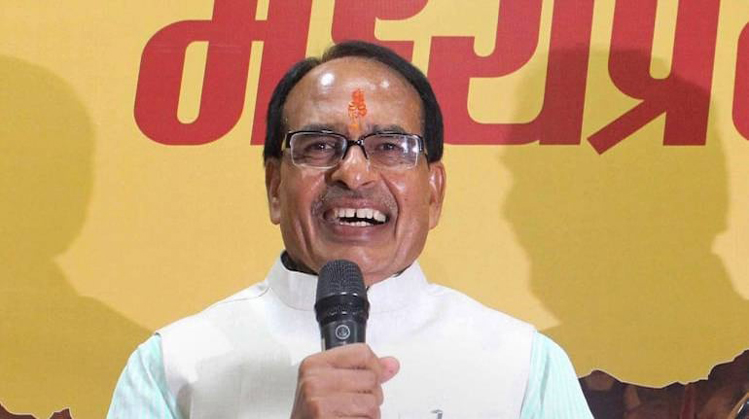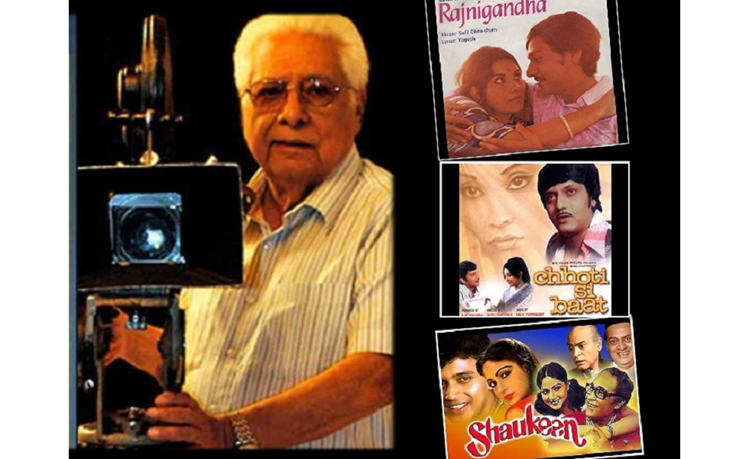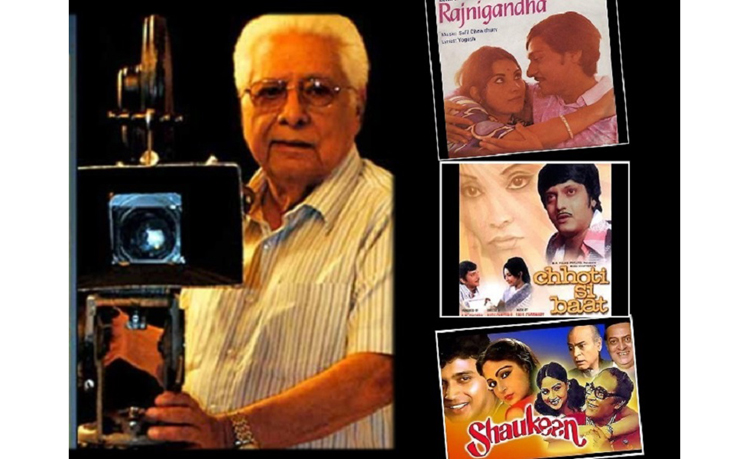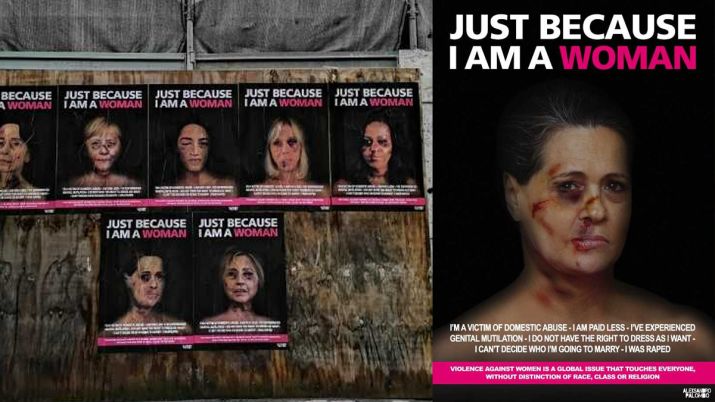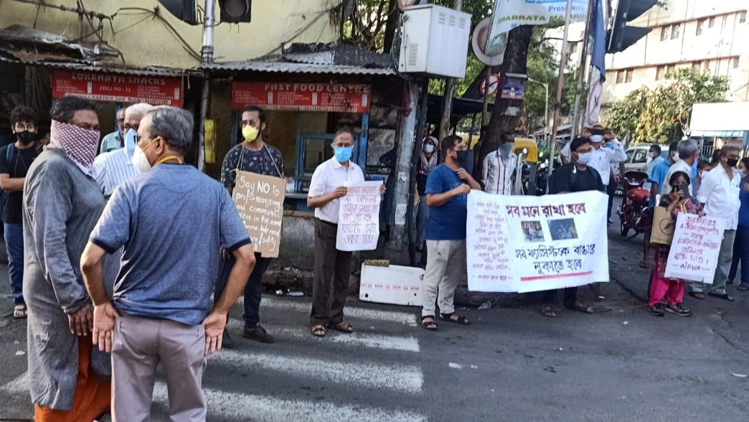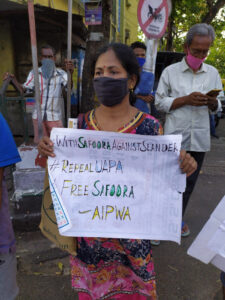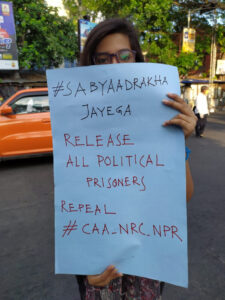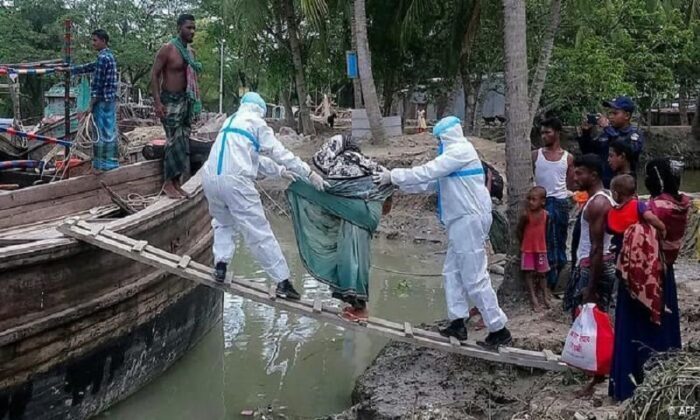Kolkata: With the Unlock-I in place, India is taking baby steps towards getting back to work. The travel and tourism industry, after being in limbo for last three months, is also trying to put its act together.
Consider this: The World Travel and Tourism Council, the trade group representing major global travel companies, projected a global loss of 75 million jobs and $2.1 trillion in revenue.
Even the Indian tourism industry was projected to lose Rs 1.25 trillion in 2020 due to shutdown of hotels and suspension of flights due to the pandemic. A study by CARE Ratings notes that the figure corresponds to a 40% decline in revenue compared to last year. Projections said during April-June, the Indian tourism industry was expected a loss of Rs 69,400 crore.
But, there is good news. With domestic flights clocking normal operations, many tourist spots and hotels, all over India are gearing up to start operations.
On June 3, state tourism minister Goutam Deb announced partial operations for five of the government’s tourist lodges from Wednesday. Minister Deb said, “We have opened the spots and will review the response after a week. Only after that we will decide on our further move.”
In Digha, one of the most visited seaside venue for Bengal residents, hotel owners have decided to reopen with limited staff from Thursday. Likewise, Sundarbans, the largest mangrove forest in the world, will also be open for tourists from Monday.
Picking Up The Threads
Gauging the developments after the slump, Jaydeep Mukherjee, director, Meghdutam Travels, said, “India has got a major chance to make a comeback. The lockdown has crammed people, which will have a releasing aspect. People will chose to go on a shorter, 3-4 day visits. If the restaurants and resorts open up, it will have a huge potential. For the resorts and villas the season is from April to September, which they can still capitalize on. A huge section of domestic travellers, who tend to go abroad, will be travelling within the country now.”
The key for the hotels will be to offer attractive packages, feels Mukherjee. They sector is going to revive. Now, the industry as a whole will have to redesign their models to bounce back. It has a very good chance,” said Mukherjee.
But, the most important cog in the tourism wheel are the local transporters, who suffered hugely, feels Mukherjee. He said, “The government should help them with EMIs and other reliefs. The local driver with his in-depth knowledge of the area, holds a very important position. He can make or break your trip with his behavior and approach towards the customer. So, they need to be looked after,” he said.
As for the state, Mukherjee feels with the Durga Pujas still some months away there is a good chance for the tourism industry here to pick up its pace. Darjeelings, Sundarbans and Durga Pujas are all major attractions for us. The state has still a chance for the inbound traffic to arrive. If this industry suffers, the country will suffer. It has to come back,” he said on a positive note.
International Travel is Key
Anil Panjabi, Travel Agents Federation of India chairman, Eastern Region, takes a pragmatic approach to the trade ahead. “International travel could start from June 15 or by July 1. Right now, all the embassies and consulates are closed. So, visas cannot be issued right. Once that starts, people will have to regain their confidence that travelling is safe. It will take time to pick up. I don’t see anything bright for next six months and I’m being optimistic.”
“Now, my main concern is my passengers’ safety. I have to guide them correctly. I would like to see for myself after a reiki along with the tourism boards to see that things are normal. The boards will have to take initiative in convincing us on the hygiene aspect,” said Panjabi.
The chairman feels that as far as the hospitality industry is concerned it will undergo a see change, post Covid-19. Everything related to human contact will change. Hygiene will be given priority. “We will make a list of places in a particular country which are Covid free. The whole itinerary will be designed with the safety and hygiene parameters in mind. That is very important,” he said.
Panjabi feels that all the new health protocols will hike up the prices for a tour, temporarily. “We may insist that travellers pay $5 more since safety is a priority here. In fact, just like the airlines are giving out safety kits, we might also need to do the same. We will also be making a list of doctors and hospitals in that country apart from providing health insurance,” said Panjabi.
Subhash Goyal, chairman ASSOCHEM Tourism Council & honorary secretary FAITH, is rooting for international travel to start at the earliest. “International flights too should start at the earliest. More people are dying of economic starvation than of Coronavirus. Life and economic activity has to go on and we need to learn to co-exist with Covid-19 as we are travelling with yellow fever, TB etc. Tourism an aviation alone can restart the economy as they are the generators of employment, creators of jobs, and engines of economic growth. Today, 38 million jobs are at stake and only economic activity will help in saving some of them.”
Hotel Sonar Bangla, situated right on the banks of Rupnarayan riven, has already opened its doors for guests since May 30. The property, which has been receiving regular stream of visitors, has been following all the central health ministry and FHRAI guidelines, say the hotel staff. Giving hygiene top priority the hotel has been providing protective kit to each guest, which includes masks, head cap, face shield and sanitizers at the rooms. “We are also cleaning the floors with chlorine water and also sanitizing the walls at regular intervals. Once a guest checks out, we are keeping the room unoccupied for 4 days after sanitizing it. Since we have around 114 rooms we have no problems maintaining this protocol for the safety of our guests. We have not yet opened the restaurant and so all the meals are being delivered at the rooms,” said hotel’s operations manager Sudip Saha. Though the business has been slow and they have suffered losses during the lockdown, the hotel management not increased tariffs, informed the management.






